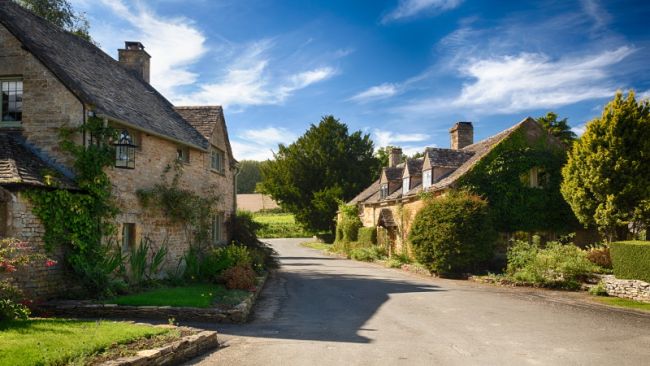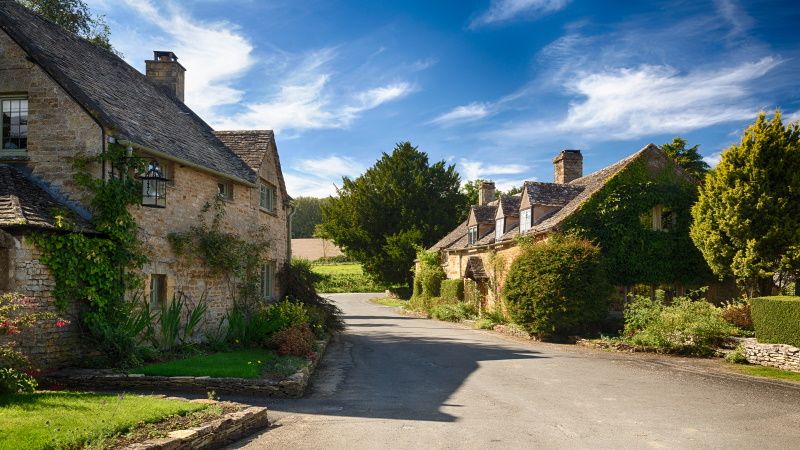|
The concept of making a property more environmentally friendly has been gaining popularity for some time. In fact, according to Strutt & Parker’s Housing Futures Survey, interest in sustainable living has almost doubled in the last five years, and is a trend we only expect to accelerate in a world still adjusting to the consequences of the pandemic.
Following a year of restrictions that saw our work, social and leisure time relocate to our homes, many of us are now more aware than ever of exactly how much energy our properties consume. Energy providers Ovo and Bulb report homeowners used up to 30% more energy while working from home during the pandemic, inspiring a new surge of momentum in green home improvements and an understandable rise in homebuyers prioritising energy-efficient features in their property search.
Our latest research shows that home improvements such as double glazing (57%), improving insulation (47%) and converting to solar panels or solar energy (38%) are some of the most common considerations for those looking to make their properties more eco-friendly. However, despite more than two thirds of potential homebuyers saying they would value sustainable features in their next property, many still feel unsure about the options available to reduce their home’s carbon footprint, particularly when it comes to improving period properties.
Oliver Custance Baker, Director at Strutt & Parker’s Exeter branch, offers his expert insight to help shed some light on the green options available for period homes.
What does it mean to make a property more environmentally friendly? “Making a building kinder to the environment has the same core ethos whatever period your home was built, and that is improving the energy efficiency of the property in a way that brings it up to modern technology,” says Mr Custance Baker.
“There are a number of ways to make your home more energy efficient; from introducing renewable energy sources, such as solar panels, to help reduce carbon consumption, to improving insulation or integrating technologies that allow you to manage heating and electric devices remotely while you’re not at home.
“The size and scale of the changes you make is completely down to you, your budget and your property. However, the outcome of any improvements you make should always be to reduce the energy expenditure required to keep your home running.”
It’s not only homeowners who are learning about the different ways technology can help reduce a property’s carbon footprint, construction professionals are also playing catch-up on the latest eco-friendly building practices.
In February 2021, the AECB (Association for Environment Conscious Building) launched a new Retrofit Standard, an initiative designed to upskill construction professionals to decarbonise their work methods and deliver energy savings in the home. Architects, engineers and other contractors can upload evidence of compliance to the AECB Low Energy Building Database (LEBD) for certification.
Will making my home more eco-friendly mean a lot of structural changes? Figures from the Energy Saving Trust show that 18% of heat loss in the home occurs in windows and a further 12% is lost through poor ventilation. Upgrades to these non-structural features could save 30% of the heat generated in your property.
Mr Custance Baker explains: “Making your property more eco-friendly doesn’t have to be as drastic as some seem to think. It doesn’t have to mean huge structural developments. There are some very easy changes that can be made to help improve everything from insulation to overall running costs, without the need to tear down walls or shell out thousands in renovations.
“Take heating, for example. There are a number of different options when it comes to upgrading an old-school oil boiler, and all have different benefits when it comes to cost, space and grants available. There isn’t a right answer for each style of house, it’s very much down to what’s right for that property on that day.”
“Remember, you don’t have to do everything on day one. Start by improving smaller sections of your home, whether that’s adding solar panels on a new extension, installing underfloor heating in your main living space or insulating your attic. Even the smallest of changes could make a noticeable difference to the running costs and energy expenditure of your home.”
| 

